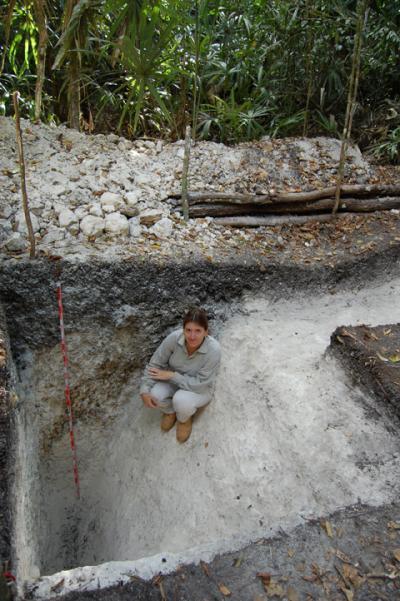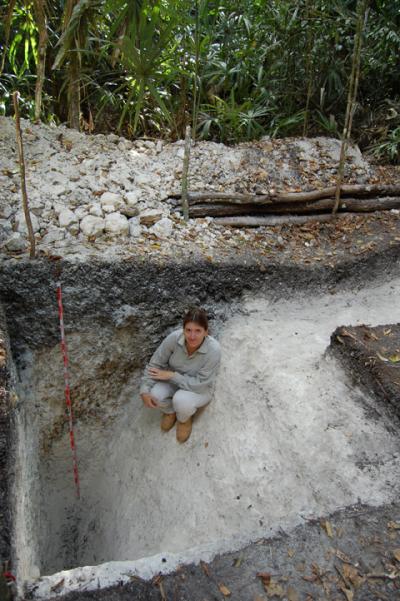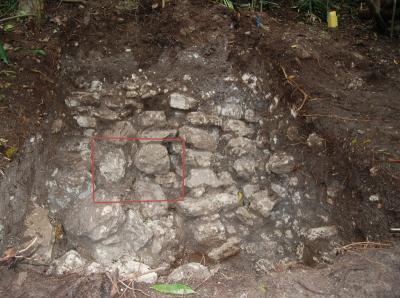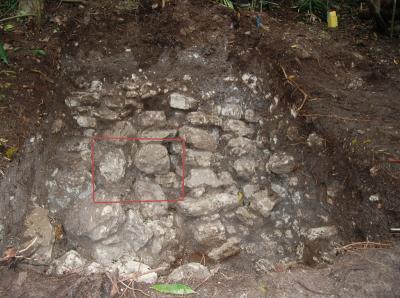The Maya of Central America survived periodic droughts for nearly two millennia with complex landscaping and engineering, including the area’s largest ancient dam in Tikal, Guatemala.
A new study has found that the Mayan-built environment was integrated into a water storage system by linking pavements and pyramids in urban centers to elevated reservoirs nearby.
The research team wanted to explain how up to 80,000 Mayans lived at Tikal alongside an estimated population of 5 million in the lowlands by A.D. 700.
“That is a much higher number than is supported by the current environment,” explained study co-author Vernon Scarborough at the University of Cincinatti in a press release. “So, they managed to sustain a populous, highly complex society for well over 1,500 years in a tropical ecology.
“Their resource needs were great, but they used only stone-age tools and technology to develop a sophisticated, long-lasting management system in order to thrive.”
The gravity dam was over 260 feet long, about 33 feet high, and held about 20 million gallons of water. Named the Palace Dam, it was constructed to store water collected from sealed surfaces in Tikal’s central precinct.
“We also termed the Palace Dam at Tikal the Causeway Dam, as the top of the structure served as a roadway linking one part of the city to another,” Scarborough said. “For a long time, it was considered primarily a causeway, one that tourists coming to the site still use today.
“However, our research now shows that it did double duty and was used as an important reservoir dam as well as a causeway.”
The Mayans also filtered the water through beds of quartz sand before it entered the reservoirs, and used a “switching station” to handle seasonal filling and release of water.
This ancient system may even be relevant to our modern-day water crisis.
“Allocation and potability were developmental concerns from the outset of colonization,” Scarborough noted. “Perhaps the past can fundamentally inform the present, if we, too, can be clever.”
The findings were presented in the Proceedings of the National Academy of Sciences on July 16.
The Epoch Times publishes in 35 countries and in 19 languages. Subscribe to our e-newsletter.








Friends Read Free